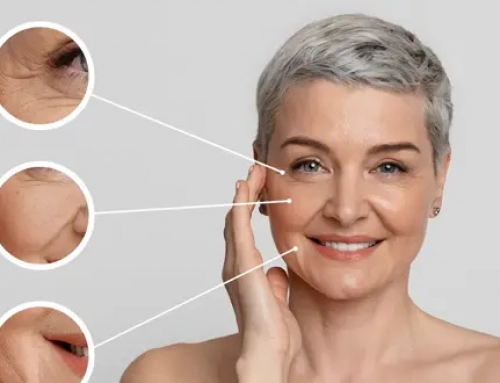Saddle bags tend to create significant discrepancies in the middle third of the body, which includes the hips, lower stomach, thighs and buttocks. Saddle bags result from hormonal and physiological factors. Saddle bags, and possibly hips, liposuction is often the optimal way to treat disproportions in this area.If you are wondering about plastic surgery cost in Tunisia, get in touch with Dr.Balti through the contact form to know how much a tailored liposuction would cost you.

Saddle bags what can be done to get rid of them
What you should know about the saddle bags
Saddle bags refers to fat deposits located at the pelvic area, in the hips and upper thighs. Saddle bags form when the body stores too much fat cells in this region.
What causes saddle bags to develop ?
Unlike what a lot of people think, saddle bags aren’t necessarily associated with overweight or unhealthy lifestyles (although they are both risk factors). Slender, active women can also develop saddle bags and struggle to rid of them.
From an early age, women store fat tissue that develop with hormonal changes (puberty, pregnancy). Starting from puberty, ovaries produce a hormone called foliculin promoting weight gain in the pelvic area. This is a natural physiologic mechanism in women : the body stores fat to have enough energy in case of pregnancy.
In addition to those physiological causes, hereditary factors come into play. Certain women are more affected than others because of their genetic heritage.
Why are saddle bags so difficult to deal with ?
Because of its physiological origin, saddle bags are particularly difficult to get rid of, even with a strict diet and regular exercise.
During physical activities, the body tends to draw energy from fat tissue located in the upper body. Therefore, saddlebags houses very persistent fat unlikely to significantly decrease with exercise.
Liposuction is the recommended course of action for women struggling to get rid of saddle bags as it gets rid of imbalances in the pelvic area.





